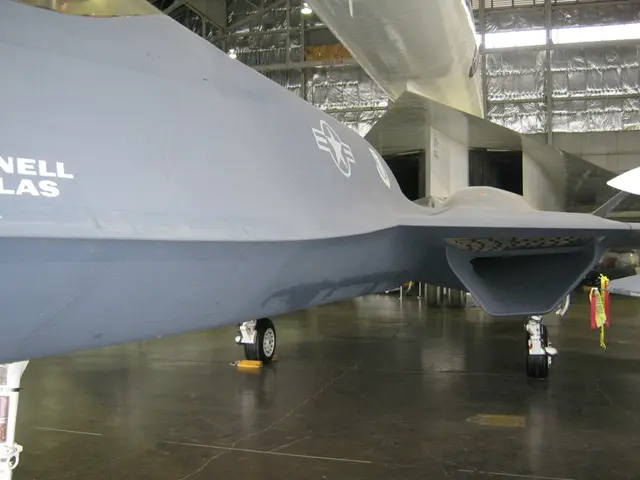Unraveling the Mystery: Did the Dreamliner Lack Thrust? Aviation Analyst Hints at Potential Cause of Plane Crash
Professionals spot potential issues in aircraft accidents
In the aftermath of the horrific plane crash in India with over 240 fatalities and only one survivor, specialists are piecing together the puzzle. Hamburg-based aviation journalist, Andreas Spaeth, shares his insights based on initial speculations and available footage. The incident, Spaeth claims, was "extremely unusual."
As the takeoff at Ahmedabad airport initially seemed standard, the Dreamliner failed to gain altitude. Instead, it flew "agonizing seconds" at a constant low height, around 190 meters above the runway, before plunging into a seemingly controlled descent, culminating in a devastating fireball. According to Spaeth, it's evident that the Boeing 787-8 Dreamliner didn't have enough thrust—the engines failed at or shortly after takeoff.
Spaeth raises the possibility that the fuel on board could have been contaminated—either intentionally or due to an accident—or that the pilots might have deliberately caused the crash due to human error or sabotage. A widely circulated video recording of the crash might provide answers, as it depicts retracted flaps, which should help the aircraft gain altitude.
Double engine failure is rare, but Spaeth references the case of Captain Chesley "Sully" Sullenberger, who safely landed his Airbus in the Hudson River after both engines failed due to a double bird strike shortly after takeoff from New York’s LaGuardia Airport in 2009. However, Spaeth rules out a bird strike in this case as no footage shows birds or smoke emanating from the engines.
More in-depth insights may be provided by the flight data recorders, often referred to as "black boxes," which document the technical settings, pilot communications, and other crucial information. Spaeth is hopeful that these devices are intact, and that the data recovery process will yield valuable information.
International teams, including the U.S. NTSB and the U.K. AAIB, are supporting the investigation, which will analyze data from the flight data recorders, eyewitness accounts, maintenance records, and wreckage examination. As the investigation continues, we can expect answers to the questions surrounding this tragic event.
- India
- Plane Crash
- Aircraft
- Boeing
- Accidents
- Double Engine Failure
- Aviation
Additional Insights:
- Bird Strike: Ahmedabad airport is notorious for bird activity, which could have caused the double engine failure due to simultaneous bird strikes.
- Fuel Contamination: While less likely, fuel contamination—either water or other contaminants—could have played a role in the engine failure, but this would require an extensive investigation given the Dreamliner’s separate fuel lines for each engine.
- Pilot Error: Pilot error, such as failing to retract landing gear or not handling engine failure correctly, is another potential contributing factor, but will need thorough examination of the cockpit voice recorder (CVR) and flight data recorder (FDR) to confirm.
- Mechanical Failure: Additional possibilities include mechanical issues like control surface jamming, though these are speculative without further examination.
Community policy should address potential risks of aviation accidents such as the one in India, emphasizing the importance of thorough investigations. Vocational training for aviation maintenance and engineering technicians could include extensive lessons on dealing with fuel contamination incidents, as it might have played a role in the double engine failure. Finance and transportation sectors, particularly the airline industry, would benefit from regular audits and inspections to prevent future catastrophes like this, ensuring a safer general-news environment for everyone.








